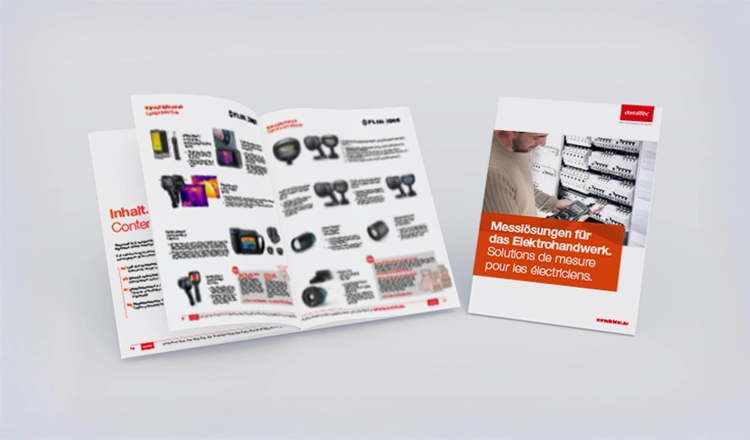Description
B2C+30 -ITI EPLUS | bidirectional DC converter, 27 kW, platform: ePLUS; transformer: IT internal
The Cinergia B2C+ ePlus series is a modular and fully regenerative DC test platform designed for research, development and industrial validation. It allows bidirectional energy flow - as source or load - and efficiently feeds excess energy back into the grid. With a power factor > 0.98 and a THDi < 3 %, it is energy-efficient, grid-friendly and reliable under continuous load.
Typical fields of application include battery and energy storage tests, PV and charging infrastructure emulation, DC/DC and DC/AC converter tests, traction systems, avionics, smart grid simulations and power-hardware-in-the-loop (P-HiL). The series offers rated outputs from 7.5 kW to 200 kW at 20 - 800 V DC and can be extended up to 1,500 V or 1 MW via master/slave coupling.
Model in focus: B2C+30 (30 kW)
The B2C+30 is the most powerful model in the compact mid-range within the B2C+ ePlus series. It offers a high power capacity, precise control and a regenerative architecture that perfectly combines energy efficiency and performance. This makes it particularly suitable for laboratories, development environments and small to medium-sized test benches.
Voltage range: 20 - 800 V DC
Nominal power: 30 kW
Current capability (3-channel, unipolar, 2Q): ±45 A per channel
Current capability (1-channel, unipolar, 2Q): ±135 A total
Current capability (bipolar, 4Q): ±45 A
Operating modes: CV, CC, CP, CR, power amplifier (P-HiL), steps/sequencer, battery pack testing (incl.), optional battery & PV emulation
Technical classification compared to other models
With a rated power of 30 kW and a current capability of ±135 A in 1-channel operation, the B2C+30 is at the upper end of compact laboratory devices. It offers significantly higher power than the B2C+15 (±67.5 A) and B2C+20 (±90 A) while remaining compact, modular and cost-effective. This makes it ideal for applications with medium to higher currents, such as battery modules, DC converters and grid simulations.
Compared to the high-performance models (from B2C+40), the B2C+30 scores points for its smaller footprint, easy integration into laboratory environments and high energy efficiency (= 91 %). If required, it can be combined with other devices via master/slave coupling to create larger systems with increased current or voltage output.
Product features of the series:
Bidirectional & regenerative: Energy flow in both directions with feedback into the grid - efficient and sustainable.
Grid-friendly: THDi < 3 % and power factor > 0.98 at rated power.
Power portfolio: 13 models from 7.5 kW to 200 kW; 20 - 800 V DC as standard.
Overload capacity: up to 200 % short-term; 150 %/1 min, 125 %/10 min; DC overcurrent up to 110 % for 1 min.
Multi-channel concept: 3 independent DC channels (2Q) or 1 channel with triple current capability; optional 4Q operation (bipolar).
Parallel connection & series connection: master/slave up to 8 units; parallel, series or series/parallel for more power or up to 1,500 V DC.
Operating modes: CV, CC, CP, CR, power amplifier (P-HiL), steps/sequencer; battery pack testing included; optional battery and PV emulation.
Fast dynamics: step response typ. < 1-2.5 ms (depending on mode and setpoint).
Operation & software: 4.3" touch, Windows GUI with sequence editor, CSV import, data logging with 400 ms resolution.
Interfaces: Ethernet/Modbus-TCP, isolated analog/digital I/Os; optional RS485, CAN/RS232 (via gateway); P-HiL compatible.
Safety: emergency stop, interlock signals, freely configurable alarms and limits, comprehensive protection functions (OV/OC/OL, short circuit, watchdog, etc.).
Efficiency & cooling: = 91 % (15-30 kW); forced air cooling for stable continuous operation.
Measured variables: Mains U/I/P/f; output U/I/P (rms/avg), DC link, temperatures; data logging via FTP.
Standards & compliance: CE; safety EN-50178/EN-62040-1; EMC EN-62040-2; RoHS.
Options: Battery emulation, PV emulation, insulation monitoring (IT grids), anti-islanding (grid-feeding), low-ripple capacitance, 30 kHz switching frequency (depending on model).




